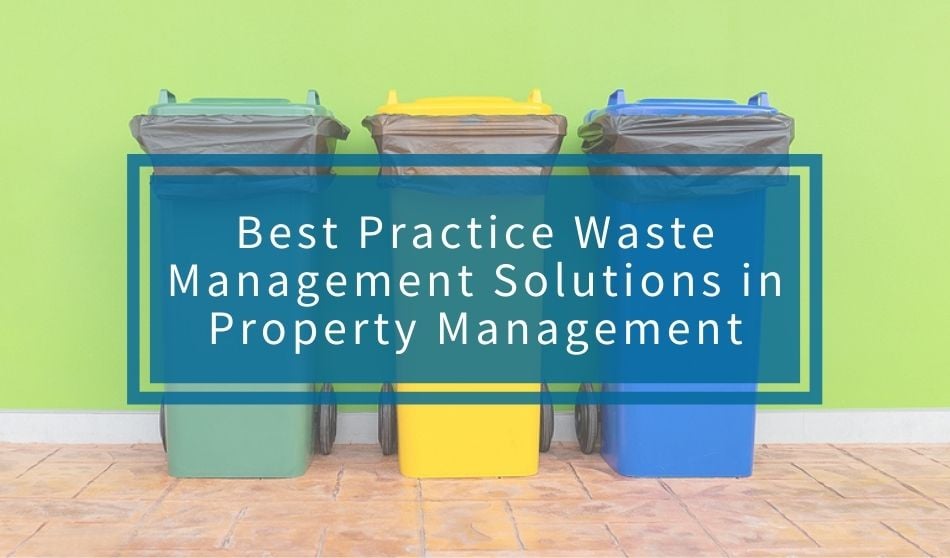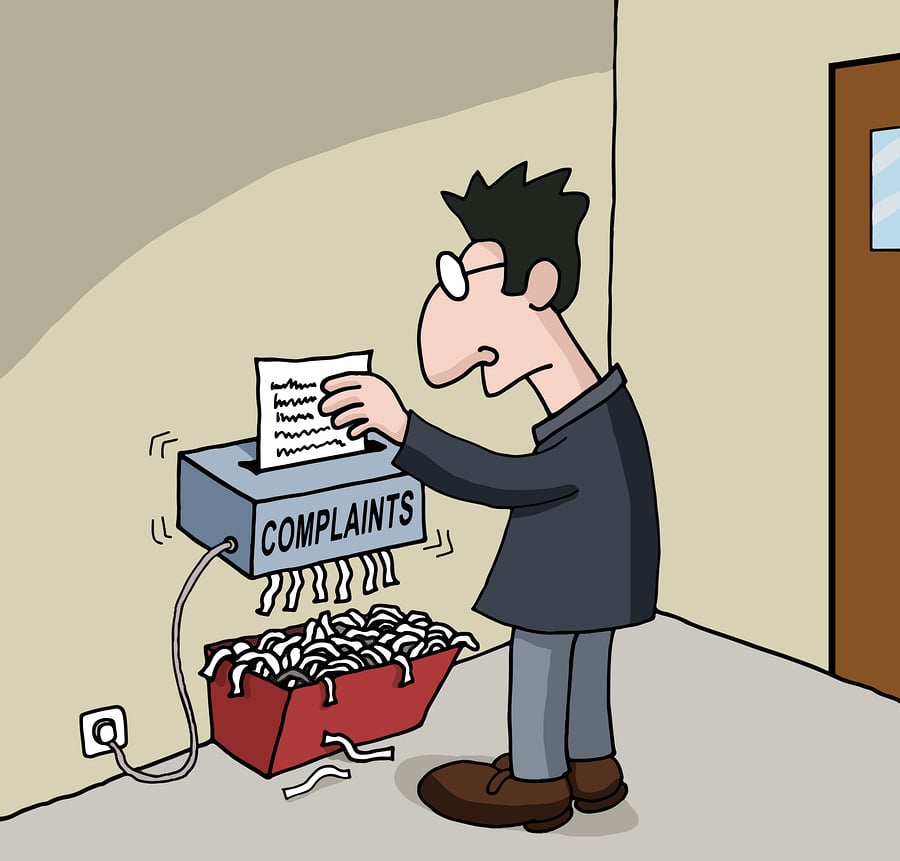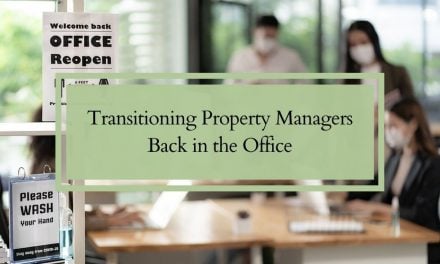
Property managers have their fair share of challenges when managing portfolios of any size, and whether it’s a single household or a selection of multifamily buildings across multiple sites, there are certain tasks that no one relishes.
Waste management is an example, and very often property managers can be guilty of allowing this particular task to slide down the list of priorities, implementing only the minimum required to reach compliance. However, with a little forethought and planning, you can streamline your waste management tasks and improve a whole range of metrics across any type of portfolio.
There are five key areas to focus on, and these can be applied equally to a single building as they can across your entire portfolio. Here, we take a look at how to achieve best practice waste solutions in property management, so you can not only reduce your workload but also improve your tenants’ quality of life while doing your bit for the environment.
Understand Your Building(s)
The first step of any waste management solution is to observe, record, and assess. Taking some time to understand your building or buildings’ particular features will allow you to build a waste management plan from a solid foundation.
At its core, this means identifying the types and amounts of waste generated, when and where they are disposed of and collected, and the methods of disposal or recycling. Ideally, you want to build a profile of your buildings’ “habits”, how they change over time and, how your tenants affect waste generation.
Depending on the size of your portfolio, it may be a good idea to hire a professional to do this for you. This will give you comprehensive insights into the way waste is generated and managed across all of your sites, allowing you to quickly and easily identify areas for improvement.
Optimize Waste Disposal Routes
Once you have your waste management assessment, you can begin to optimize existing waste disposal and recycling routes through the building. Managing materials is usually the first step to improving your current systems, and this can be done in a variety of ways.
Beginning with proper signage on existing trash cans and recycling containers, including color-coding in line with your municipality’s specific system, you can improve separation of materials at the source. This ensures streamlined disposal for tenants, cleaners, and building managers. It also allows you to streamline the collection process and more easily remain compliant with any waste diversion rules or recycling laws in your municipality.
Next, you should begin to look into how to reduce the waste that is taken off-site or reduce the volume of that waste. Onsite cardboard bailers, for example, can help reduce packaging waste volumes significantly, while composting facilities can help keep food waste on-site. Additionally, you can engage your stakeholders in waste reduction and recycling schemes.
Engage Tenants and Stakeholders
Today, consumers are increasingly looking towards sustainability as a key-value when they make purchases—and tenants are no different. Add to this the fact that, in essence, tenants are your main waste generators, and failing to engage them in the waste management process is a recipe for disaster.
This means involving tenants and other stakeholders in your plans to streamline waste management across your buildings, providing information of any changes you are making while also outlining a plan for the future. You may be surprised at just how passionate your tenants can be regarding trash—after all, they’re the ones who have to live with smelly trash cans or piles of garbage gathering in an alley behind the building!
Engaging stakeholders also allows them to have some input in the waste management process, not only relieving you of some responsibility but also allowing them to have a hand in improving living conditions and working towards a more sustainable lifestyle. This might mean grassroots drives to reduce waste generation in their homes, increased recycling rates, or even donation drives to give valuable materials, products, or resources back to the local community rather than sending them to landfill!





